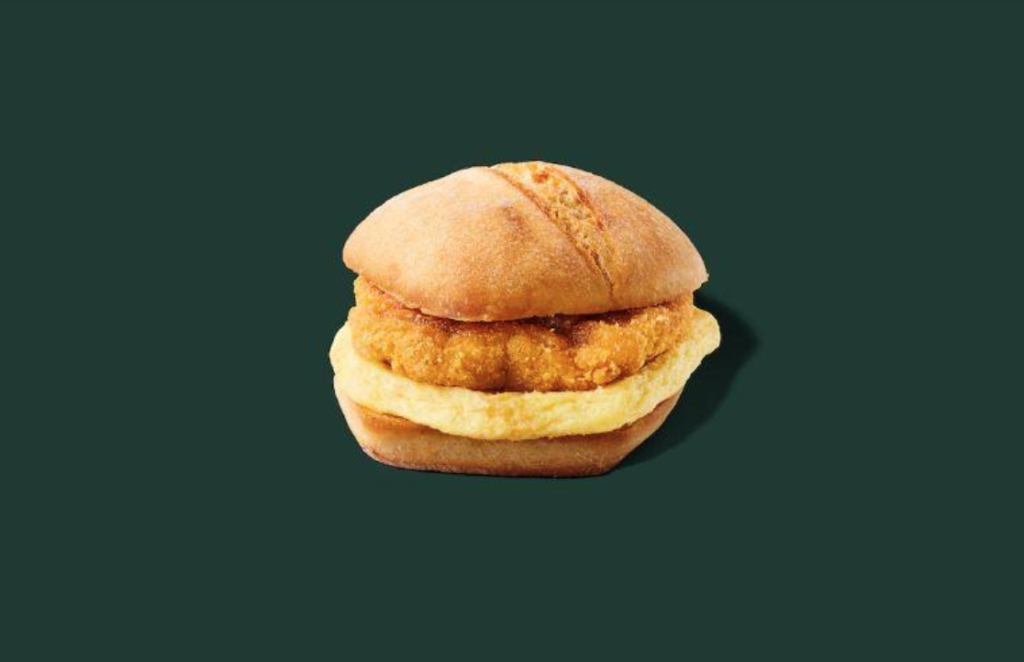Just a week after launching the item nationwide, Starbucks’ chicken sandwich was withdrawn from its menu after it failed to meet quality standards. The chicken, maple butter and egg sandwich was given a “voluntary stop sell and discard” order on June 26, but Starbucks said that claims the item caused specific illness are simply false.
Safety concerns began when a barista at a New England location tried Starbucks’ chicken sandwich and became violently ill. After she and at least four others became sick after trying the breakfast sandwich, Starbucks instructed employees to immediately throw away all impacted products, which the company defined as sandwiches with an expiration date up to and including October 14.
However, Starbucks representatives deny that this is a health-related recall, noting that the sandwich was cooked, frozen, shipped and then reheated at locations where it was sold, which should rule out foodborne illness. But in addition to causing sickness in some of those that tried it, the breakfast sandwich also lacked in flavor and texture.
Related: New Starbucks Concept Store Uses Amazon Go’s ‘Just Walk Out’ Technology
The Starbucks chicken sandwich launch was part of the chain’s larger push to improve food sales. On Starbucks’ Q2 2022 earnings call in May, then-CEO Kevin Johnson said the company saw strong growth in food sales, especially on orders coupling food with drinks. The company has been trying to bolster its food sales for years, introducing a fresh lunch program called “Mercato” in 2018, though the specific program appears to be discontinued.
“Our average ticket continued to grow, reaching an all-time high, driven by strategic beverage pricing and another record-breaking quarter of food attach with food sales increasing 25 percent from the prior year,” Johnson said during the earnings call.
Attempting to further cash in on rising food sales with the introduction of the chicken breakfast sandwich turned out to be the wrong move for Starbucks. However, it isn’t the only company that tried and failed at getting in on the chicken sandwich wars. The same mistake repeated itself at places like Panera, which fell short on taste and price of its chicken sandwich endeavor.
Some brands have built their entire existence on experimentation. Take Taco Bell, for example, which has experimented with collaborations and partnerships just to stay on board. Starbucks, however, is not Taco Bell. It has positioned itself as a reliable shop for coffee, breakfast and a mid-afternoon pick-me-up. If Starbucks started experimenting to the same degree as Taco Bell, customers may dislike that sort of irreverent brand-breaking stunt.
If there’s any redemption in Starbucks’ chicken sandwich experiment, it’s that it proved Starbucks can create something new within its wheelhouse. The sandwich’s toasted oat biscuit roll is an exciting innovation, one that falls in line with Starbucks’ long-running bakery options and isn’t simply trying to replicate another brand’s success.
The best way for brands like Starbucks to remain successful is to innovate within their established lane. There can still be surprises, but crossing over into another lane entirely is more likely to lead to a catastrophic failure.












Join or login to leave a comment
JOIN LOGIN